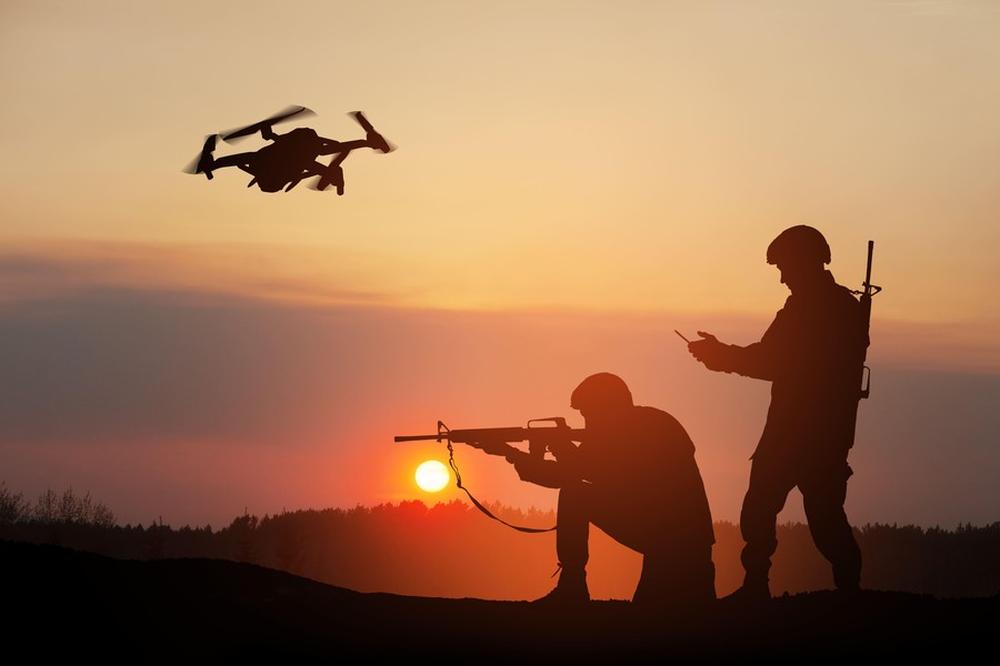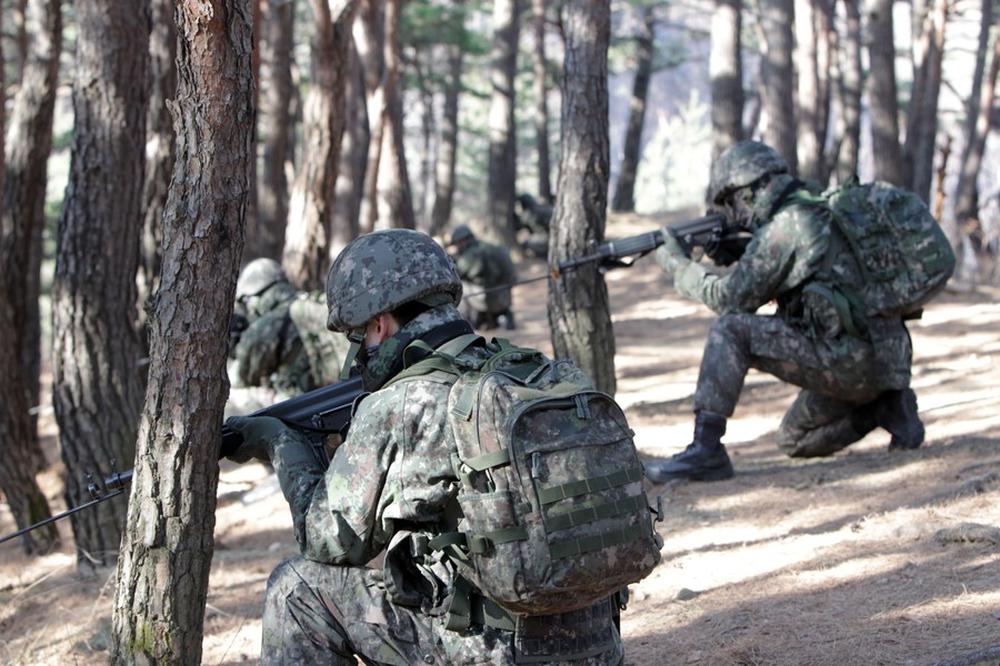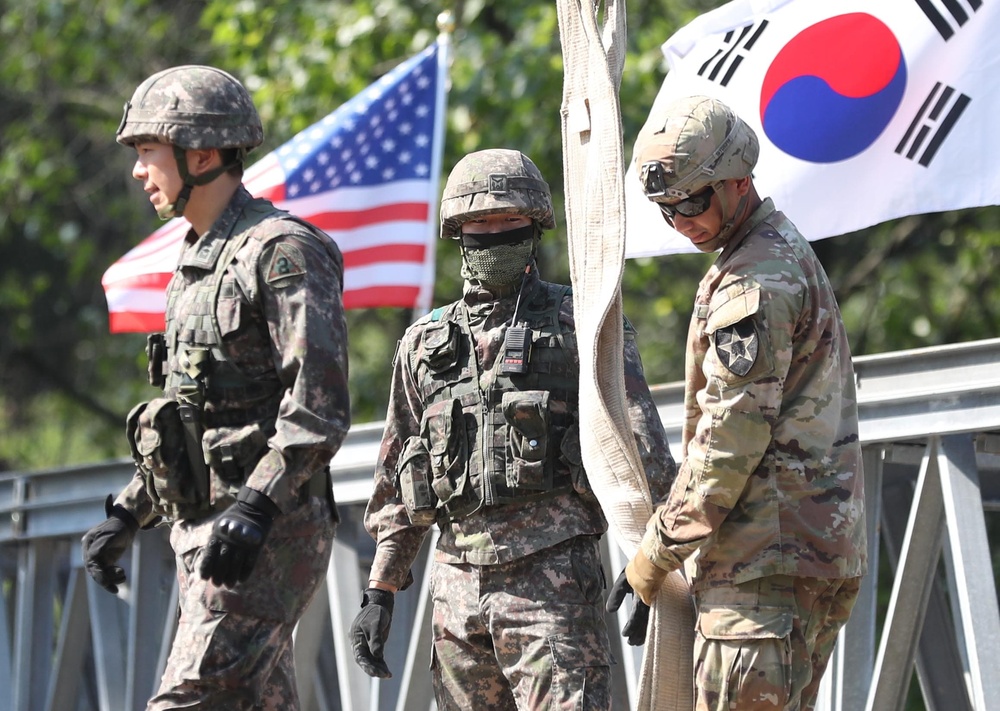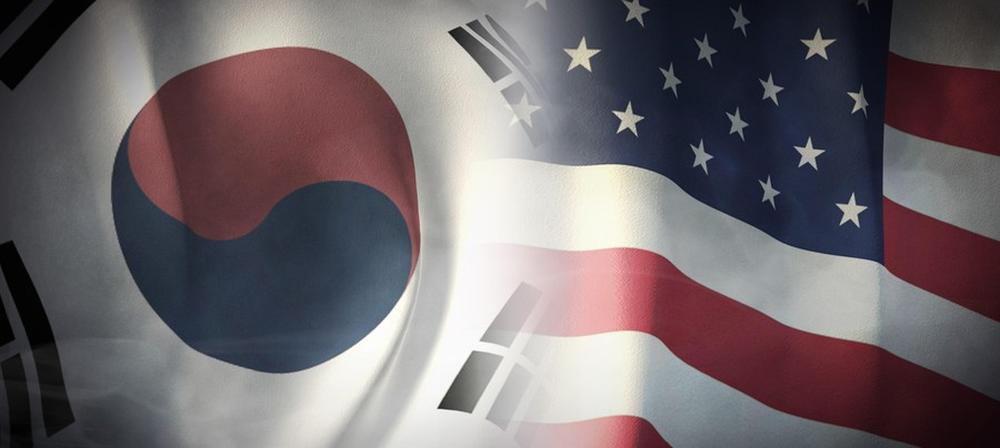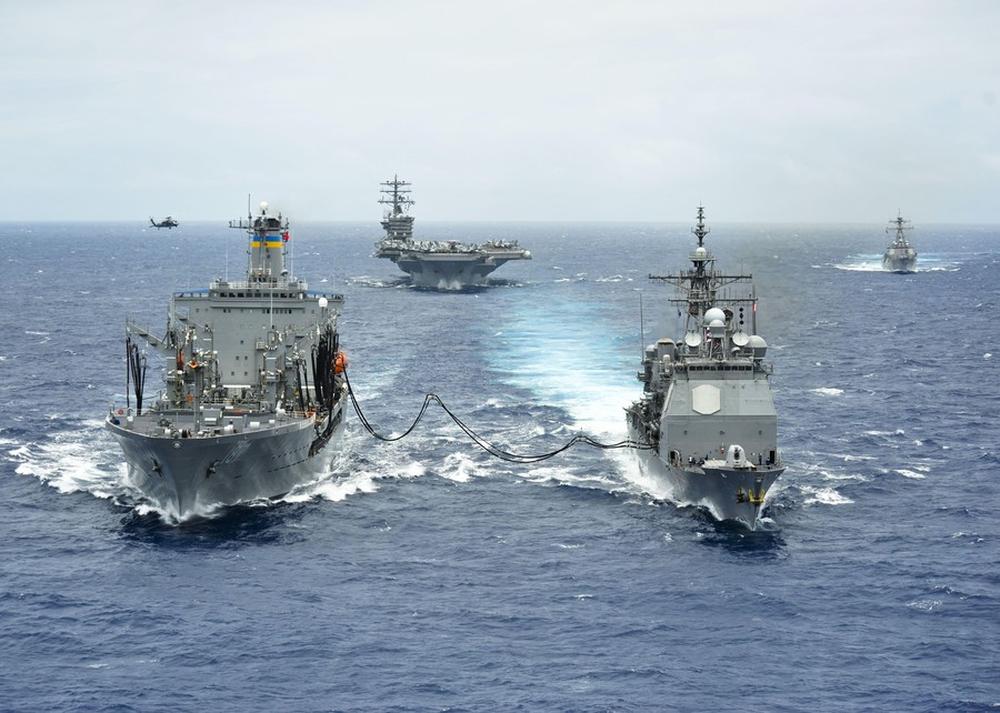- #China
- #Japan
- #Security & Defense
- #US-ROK Alliance
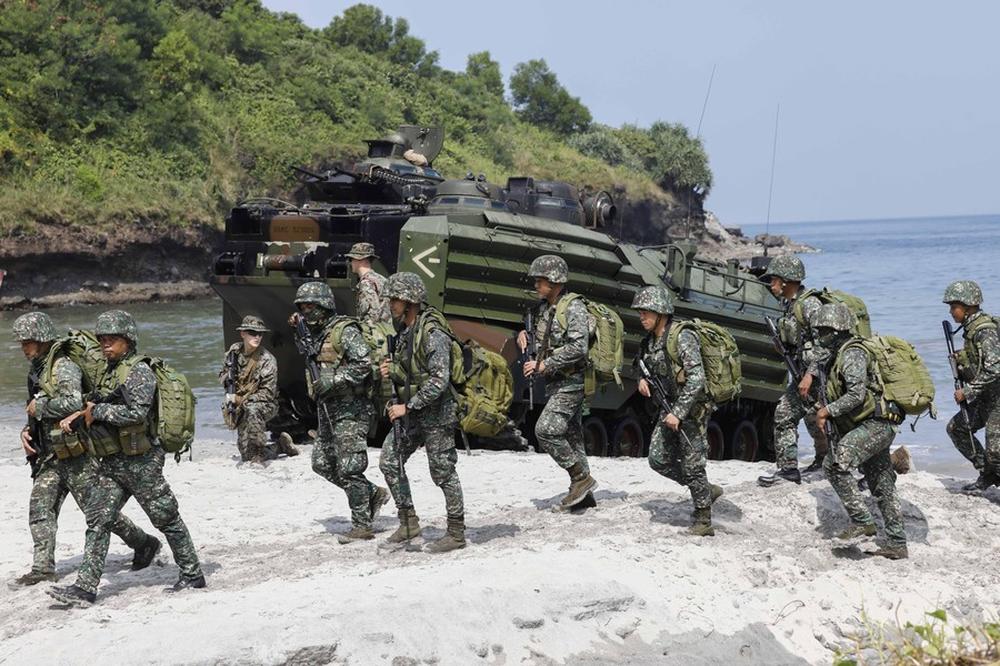
► How does Japan evaluate its Joint Military Exercises and what is the strategic cost-benefit calculus?
► Is there a preferred format or partner?
► Japan’s exercises with ROK remain feasible mainly in a multilateral format, while Japan expects ROK to play more active roles responding to China’s rise.
Although constitutional status of its ‘Self-Defence Forces’ (SDF) remains subject of intense political debate, Japan’s participation in regional military exercises has in fact grown quite rapidly over the years. What Japan’s Defence White Papers and official discourse often refer to as China’s attempts to unilaterally alter the status and expanding Chinese military activities set the overarching strategic context. Japan also has territorial issues with Russia, China, and Republic of Korea (ROK). Even before Russia’s brutal invasion of Ukraine, joint Sino-Russian air and naval drills circumnavigating the Japanese archipelago further accentuated a sense of a rapidly deteriorating security environment, not to mention North Korea’s nuclear weapons programmes.
Japan’s exercise partners now routinely extend beyond its ultimate security guarantor, the United States. While academic literature on military exercises has been growing[1], how Japan evaluates its expanding military exercises with Asian partners and in particular, with the ROK remains relatively unexplored[2]. Based on discussions with serving and retired SDF personnel and civilian officials, this paper considers what strategic cost-benefit calculations help explain Japan’s choice of non-US partners or exercise formats (bilateral/multilateral). An evaluation framework depends on what is being prioritised and by whom. Civilian policy makers at MOD and National Security Secretariat may value “goodwill” and demonstrating “presence” and signalling for largely political purposes- building trust and confidence with partners to advance the overarching Free and Open Indo-Pacific (FOIP) vision. SDF officers may prefer utilitarian gains in terms of operational value-add and training benefits.
Bilateral exercises demonstrating “goodwill” and “presence” were consistently named by interviewees as high on Japan’s agenda. Vietnam and the Philippines especially share Japan’s concerns over Chinese assertiveness in the South and East China Seas. While these may be framed in terms of support for FOIP as a regional order-building goal, exercises tend to be relatively simple and small-scale such as humanitarian assistance, navigation and signals exchange. Operational value-add appears limited. Japan however gains greater maritime domain awareness and experience of using ports like Subic or Cam Ranh in an emergency. By contrast, the bilateral JIMEX (Japan-India Maritime Exercise) is conducted almost annually, a regularised and institutionalised exercise that indicates importance. Exercise content included air, surface & sub-surface dimensions and multi-faceted tactical exercises involving weapon firings, cross-deck helicopter operations and complex surface, anti-submarine and air warfare drills. This suggests higher levels of operational benefit compared to “goodwill” exercises, as well as support of broader regional order-building goals FOIP.
Japan also joined what were bilateral exercises between the US and its Asian partners (such as Kamandag, Balikatan, Dharma Guardian, Sama Sama) that later expanded into a multilateral format. Interviewees suggest that it seems relatively easy domestically to persuade politically for Japan to participate, because these involve its US ally. Second, SDF can learn from U.S. Forces and build inter-operability. Australian participation is another attraction. Although exercise content falls on the relatively more high-end of the spectrum compared to “goodwill” exercises, SDF participation has been limited mainly to HADR or engineering and medical components thus far.
As for multilateral exercises, some tend to be a showcase of atmosphere and cooperation, with little to learn for SDF. Photo exercises (PHOTEX) and other low-end content in the Pakistan-led AMAN21 exercises for instance come closer to the “goodwill” spectrum of Japan’s exercises. Another category of multilateral exercises is more significant in terms of operational value, not to mention regional order-building. These involve another Asian partner such as India plus others such as France, the UK, US, or Australia. Exercise La Perouse and Malabar, ARC21 and the Pacific Crown series are notable examples, usually involving high-end content such as anti-submarine warfare, anti-air warfare, replenishment at sea, and surface gunnery.
The Trump and Biden administrations’ Indo-Pacific documents have emphasised Japan and ROK should strengthen ties with each other. Despite sharing security threats from North Korea and economic coercion from China, both “downgraded” each other as security partners in their recent Defence White Papers. Japanese claims over ROK-controlled islets in the Sea of Japan and ROK naval vessels directing fire-control radar at SDF patrol planes worsened sentiments. Japan’s concerns over ROK domestic politics (such as the comfort women issue, ROK court rulings on compensation for wartime workers of Mitsubishi Heavy Industries) and President Yoon’s falling approval rates dented hopes for more military cooperation.
ROK and Japan did participate in multilateral exercises in 2022 such as Red Flag, Pitch Black and RIMPAC. In fact, Red Flag Alaska 2013 was the first time Japanese and ROK aircraft had held joint training. These are more complex and high-end exercises than “goodwill” deployments. Despite difficult Japan-ROK relations, both militaries continue to participate in multilateral exercises or trilateral exercises involving their US ally. In the 2022 Pacific Dragon ballistic missile search and tracking exercise, Japan’s MOD highlighted that “The U.S., Japanese, and ROK participants shared tactical data link information in accordance with a trilateral information sharing agreement”.[3] This highlights importance of the bilateral Japan-ROK General Security of Military Information Agreement (GSOMIA) which has been a source of tension. Former Japanese Defence Minister Nakatani Gen previously stated that Japan’s ballistic missile defence system “can't function (with cancellation of the Japan-South Korea GSOMIA)”.[4]
Japan has invited ROK Navy to the Maritime Self-Defense Force's international fleet review in 2022 for the first time in seven years. However, Japan, at the time of writing, only considers exercises involving ROK in a multilateral or trilateral format. Bilateral exercises appear off the table for now. ROK policies allowing the use of fire control radar against Japanese patrol planes remains an obstacle. A more fundamental issue may be ROK’s stance on China and the US alliance. While Japan expects and hopes that the ROK-US alliance can counter China, ROK itself does not seem inclined to do so.[5] When a trilateral anti-submarine exercise involving Japan, ROK and the US was conducted on 30 September 2022 for the first time since 2017, ROK Ministry of Defence stressed the emphasis on tracking North Korean submarine-launched ballistic missiles (SLBMs). Japan’s MOD press release however did not mention the North Korean focus, instead highlighting commitment to upholding the rules-based order. On the flip side, whenever Japan attempts to enhance its regional security and defence profile, it attracts domestic criticism within ROK.
Japan’s FOIP vision was not enthusiastically adopted by the ROK under Moon Jae In, preoccupied with the North Korean threat. ROK reluctance on the FOIP may also be explained by its concern for strategic autonomy between Beijing and Washington. While the new Yoon administration has participated in social-economic or developmental initiatives under FOIP such as the Biden Administration’s Indo-Pacific Economic Framework, it remains to be seen if ROK could join military exercises that are increasingly framed in terms of FOIP by Japan.
[1] Heuser, Beatrice, and Harold Simpson. "The missing political dimension of military exercises." The RUSI Journal 162.3 (2017): 20-28. Frazier, Derrick V., and J. Wesley Hutto. "The socialization of military power: security cooperation and doctrine development through multinational military exercises." Defence Studies 17.4 (2017): 379-397. Wolfley, Kyle J. "Military Statecraft and the Use of Multinational Exercises in World Politics." Foreign Policy Analysis 17.2 (2021): oraa022. Kuo, Raymond, and Brian Dylan Blankenship. "Deterrence and restraint: do joint military exercises escalate conflict?." Journal of Conflict Resolution 66.1 (2022): 3-31.
[2] Japan’s exercises with the United Kingdom have been evaluated in Heng, Yee-Kuang. "UK-Japan military exercises and mutual strategic reassurance." Defence Studies 21.3 (2021): 334-355. Hughes, Christopher W. UK-Japan strategic convergence post-brexit? the roles of maritime security, defence engagement and military exercises. European University Institute, 2021.
[3] Ministry of Defense Japan, “Japan - United States -Republic of Korea Participate in Missile Defense Exercise in Hawaii”, https://www.mod.go.jp/en/article/2022/08/5e7f5bec28a85b5a0fe99808e1673c5e16f4ca22.html , August 8, 2022.
[4] Mainichi Shimbun, Japan fears S. Korea's scrapping of military info pact could hinder response to N. Korea, https://mainichi.jp/english/articles/20190823/p2a/00m/0na/005000c, 23 August 2019.
[5] Interview with senior SDF officer
Yee Kuang HENG is Professor at the Graduate School of Public Policy, The University of Tokyo. After completing his BSc (First Class Hons) and PhD in International Relations from the London School of Economics and Political Science (LSE), Dr. Heng held faculty posts at Trinity College Dublin; the University of St Andrews in Scotland, and the National University of Singapore. He is also Senior Academic Visitor at Cambridge University’s Centre for the Study of Existential Risk. Current research interests include national risk assessment exercises and existential risks (AI and climate change-conflict); UK-Japan defence cooperation and more broadly Japan’s military presence in the Indo-Pacific. Recent publications include “UK-Japan military exercises and mutual strategic reassurance”, Defence Studies, Vol. 21 Issue 3 (2021); “Japan’s significance for the United Kingdom’s shaping ambitions in the Indo-Pacific”, East Asian Policy (forthcoming 2022), “Enhancing Europe’s Global Power in Asia 2030”, Global Policy, Vol. 11 Issue 1 (2020); “Shaping the Indo-Pacific? Japan and Europeanisation”, LSE IDEAS Strategic Update (2021); “Military Evolution and Japan’s Self-Defense Forces” in Nicole Jenne and Alan Chong (eds) Asian Military Evolutions (Bristol University Press, forthcoming 2023)
